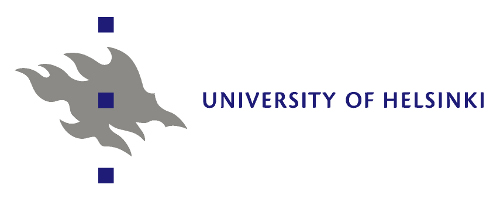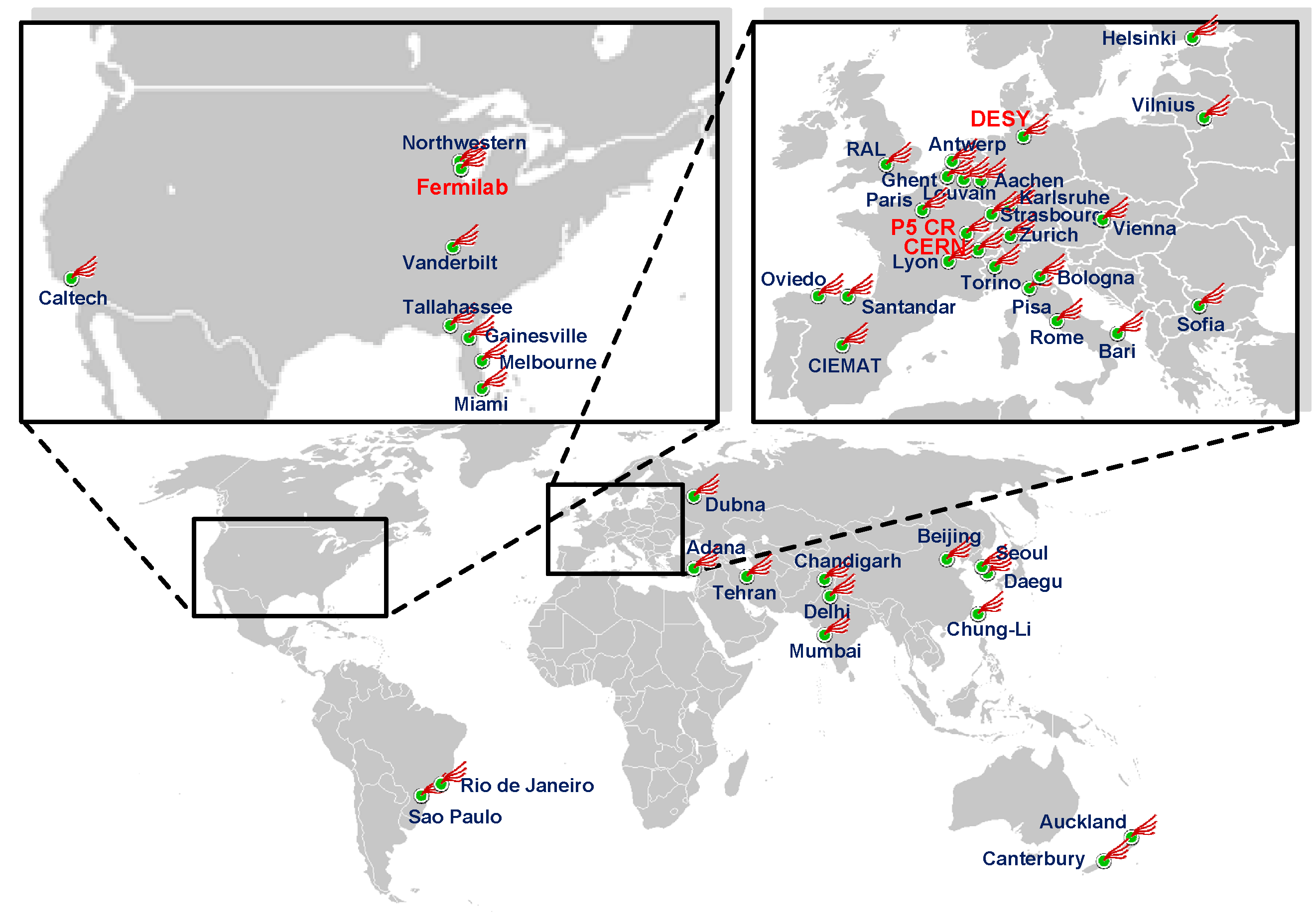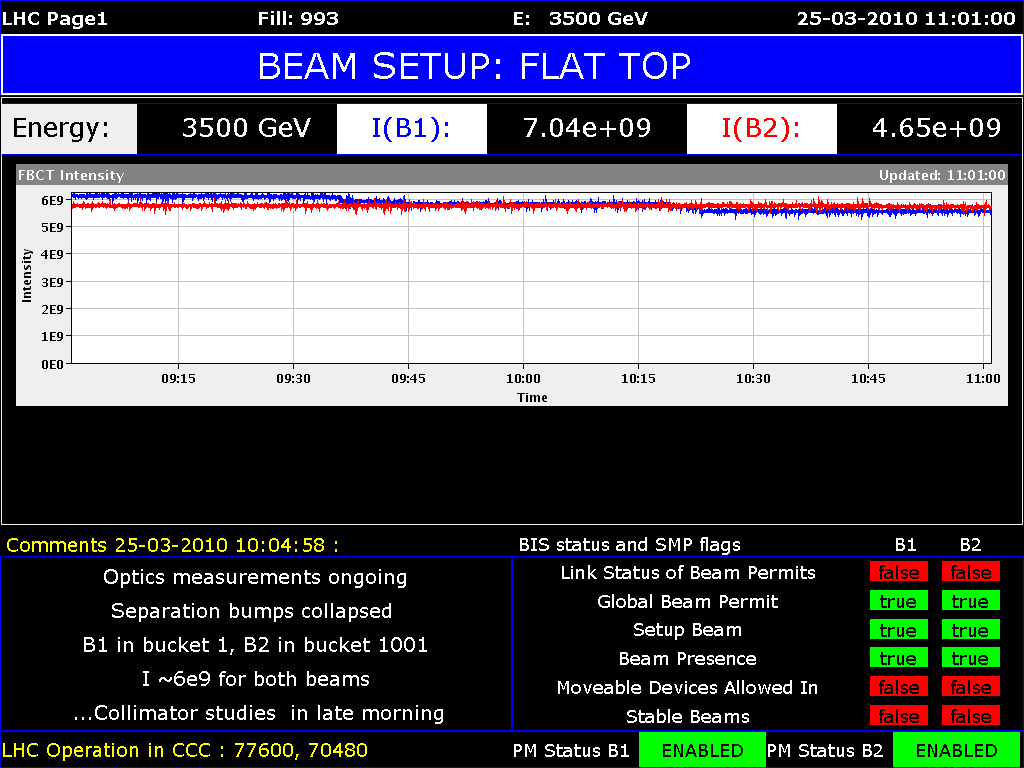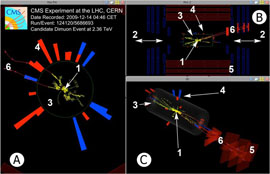 |
 |
LHC First Physics
- Media Event in Helsinki -
What?
CERN has set the date for the first high-energy particle collisions of the LHC research programme, the largest scientific enterprise ever in high-energy physics! The first attempt for proton-proton collisions at 7 TeV (3.5 TeV per beam) is scheduled for Tuesday 30th March 2010. The targeted collision energy is more than three times higher than that of the previously largest high-energy physics collider.The exciting beginning of the era of possible new discoveries can be followed at 35 CMS Centers worldwide, also in Helsinki!
Where?
Everybody is welcome to follow the first high-energy particle collisions of the LHC in the Helsinki CMS Center. The CMS Center is situated at the Helsinki Institute of Physics, Gustaf Hällströmin katu 2, in the class D204 of the Physicum building of University of Helsinki. There will be a live broadcast from CERN from 9:30 to 16:00.When?
The detailed schedule of the event is (Finnish time):- 9:30 Live webcast from CERN begins
- Every hour on the hour: 5 min. status update from Cern Control Center
- Every hour on half hour: thematic talks (Higgs boson, dark matter, supersymmetry, antimatter, black holes etc.)
- 10:00 – 12:00 Satellite broadcast for first attempt to collide particles with collision energy of 7 TeV!
- From 12:00 live coverage via Webcast and Twitter
- Continuation depends on when the collisions take place
- The Helsinki CMS Center will be closed at 16:00
Finnish Contributions!
Finnish researchers from Helsinki Institute of Physics (HIP) CMS Programme, University of Helsinki and Lappeenranta University of Technology participate with a significant effort in the Compact Muon Solenoid (CMS) experiment at the CERN LHC. The main scientific goals of the CMS experiment is the clarification of the open questions in high-energy physics today: searches of Higgs bosons, the creation of quark-gluon plasma, and research of new physics such as supersymmetry and extra dimensions of the Universe. After almost 20 years of preparations, CMS and its 3000 scientists and engineers are now ready to record proton-proton collision data at unprecedented energies. Researchers from Helsinki participate also in the TOTEM experiment, which lies in vicinity of the CMS experiment, and University of Jyväskylä participates in the ALICE experiment.The CERN membership benefits Finland also by providing an important amount of industrial orders related to the LHC collider. In these orders exceptional requirements have often to be fulfilled in serial production. For instance, Metso Corporation has provided thousands of end covers for the dipole magnets of the LHC, Kemppi Oy has produced hundreds of power supplies for the LHC, and Luvata Pori Oy (previously Outokumpu) has delivered to CERN one eighth of all the superconducting wires of the LHC, 100% of the superconducting wire of the solenoid magnet of the CMS experiment as well as thousands of tons of high-quality copper in forms of hollow conductors and magnet elements.



